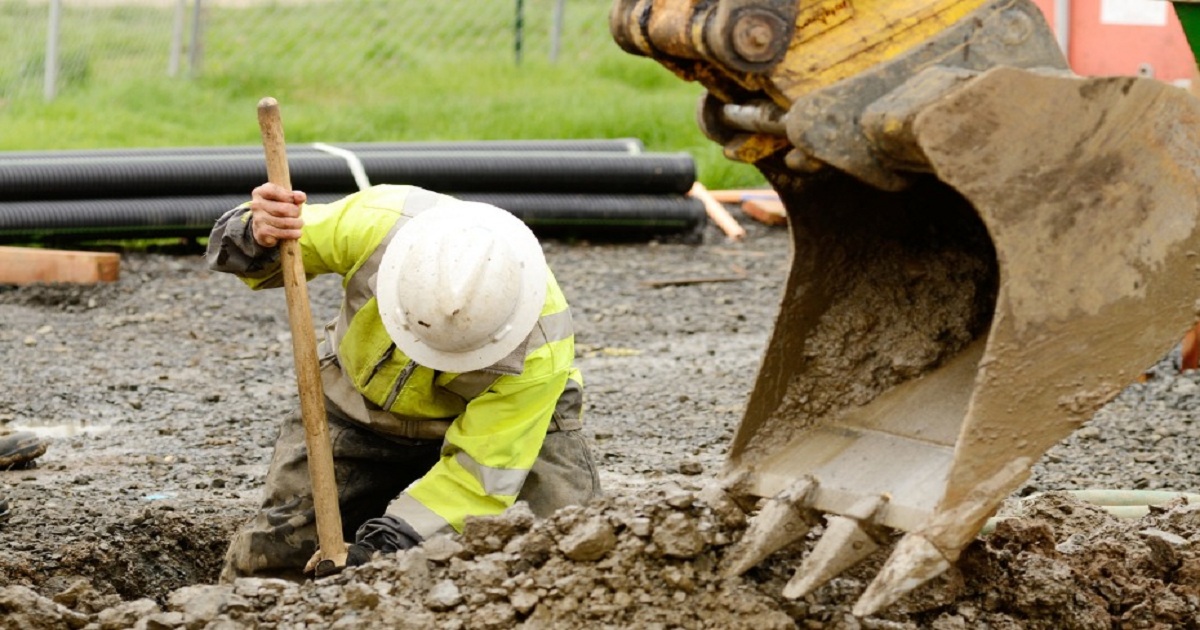Why insurers and policyholders need to understand reconstruction costs
Insurance Business America | May 08, 2019

Last year, California experienced the largest fire, the deadliest fire and the most destructive fire in its history, according to CoreLogic, and the outlook for wildfire risk is unlikely to improve in the years to come as environmental, demographic, and economic factors put more structures in the path of destructive blazes. “From 2012 to 2016, California wildfires destroyed a yearly average of 1,172 structures. However, in 2017, more than 10,000 structures were destroyed by fire, and in 2018 more than 22,000 structures were destroyed,” said Tom Larsen, content strategy principal for CoreLogic’s Insurance & Spatial Solutions group. “I struggle with superlatives to describe the activity of the last two years compared to anything we have seen in the past.” Short winters, combined with long, dry, and hot summers have turned dry vegetation into an abundant fuel source, which has contributed to the number and intensity of wildfires in the US. The movement of housing closer to the wildland-urban interface is also to blame for exposing structures to a heightened risk of damage from wildfires, explained Larsen.